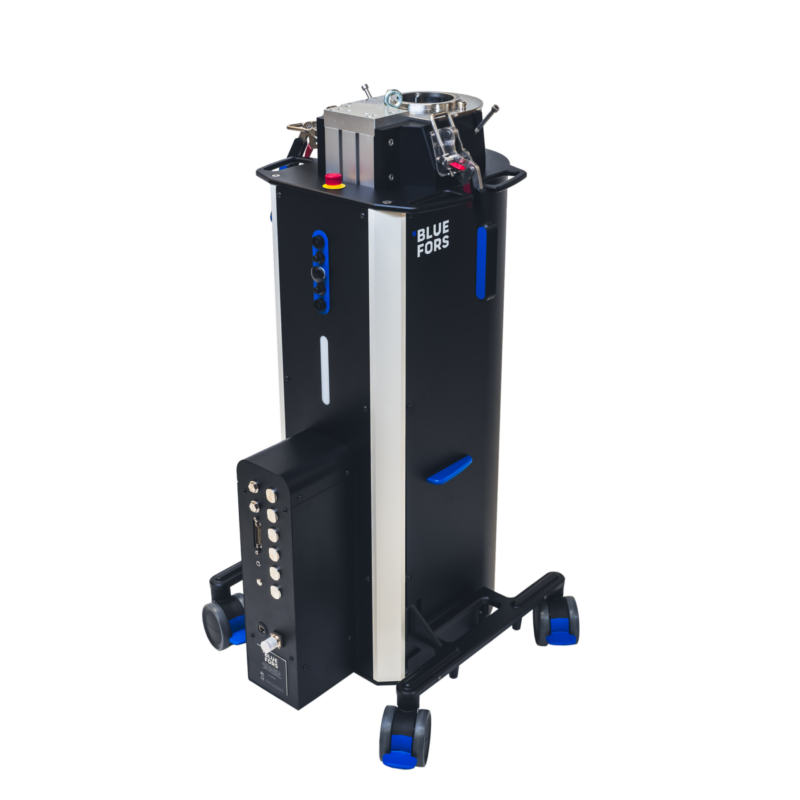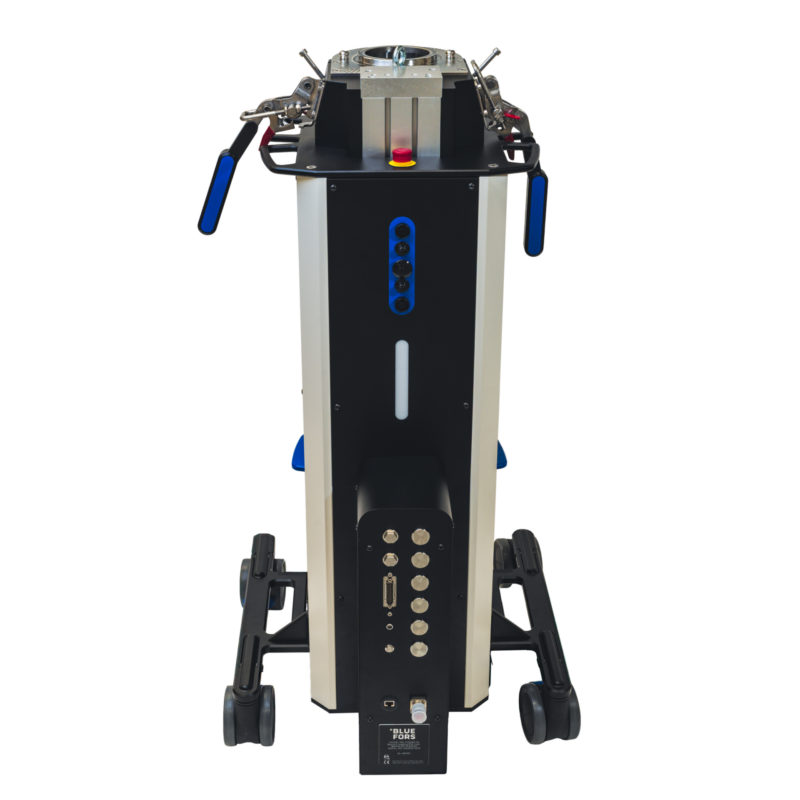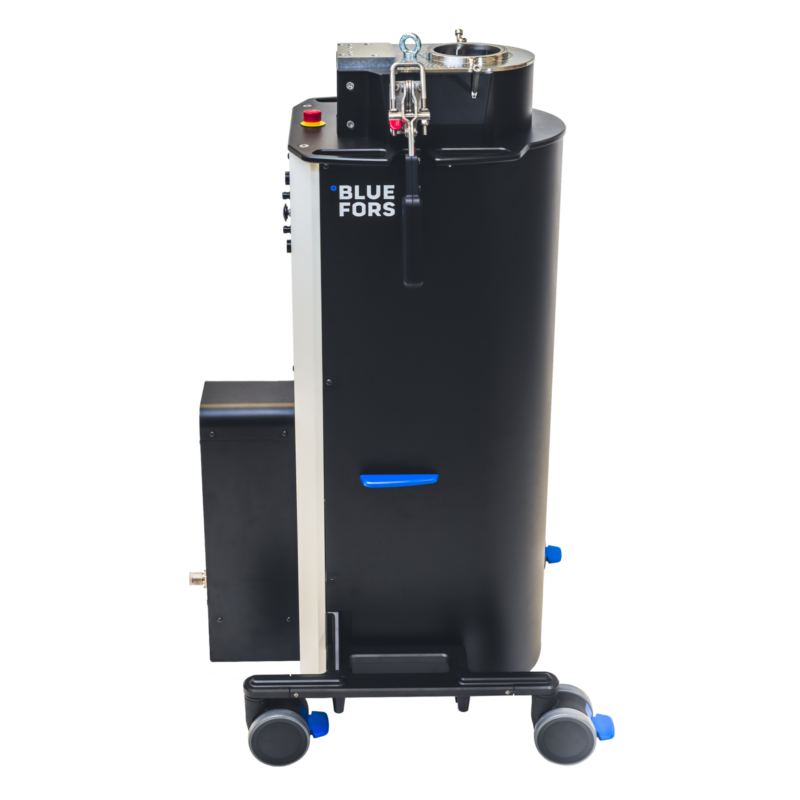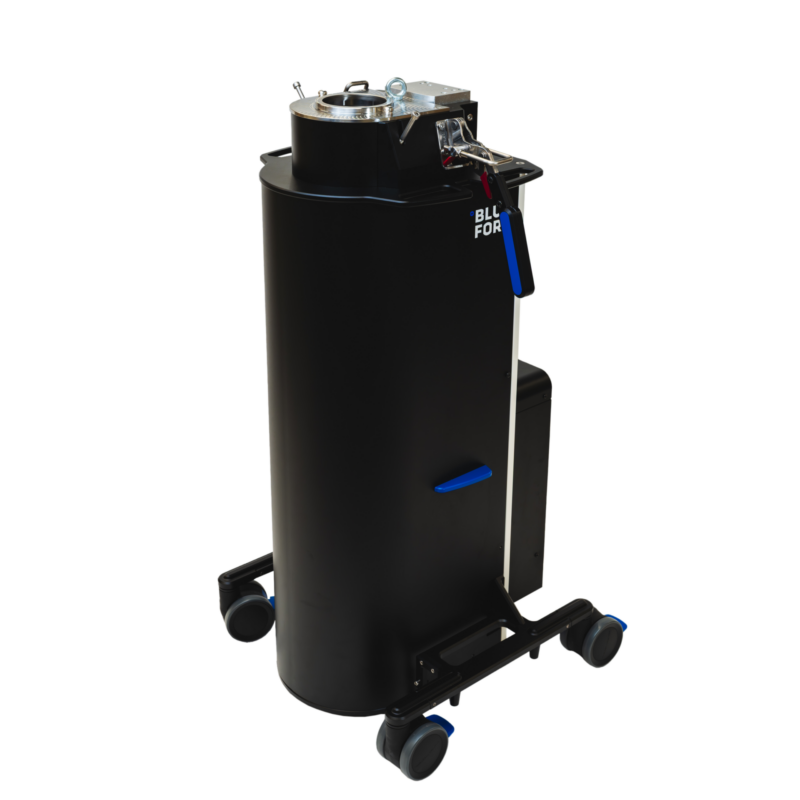For fast sample exchange, we offer a fully automatic load-lock Bottom-Loading Fast Sample Exchange System. The movement of FSE Insert is computer-controlled and delivers an optimized pre-cooling sequence with a sample cooldown time of typically less than 7 hours. The FSE lift mechanism uses a bellows to deliver robust, leak-tight operation, which is important when carrying out repeated sample exchanges.
The load-lock mechanism comes with a smart controller that prevents accidental venting of the vacuum chamber and conflicting operation of the FSE Insert and FSE Gate Valve. The loading mechanism can also be operated manually either via computer software or directly from the FSE Control Unit.
Product Highlights
1.0
Fast Sample Exchange System
Cryogenic Measurement System Option
Technical Specifications
2.0
Fast Sample Exchange System
Cryogenic Measurement System Option
Option availability
3.0
Fast Sample Exchange System
Cryogenic Measurement System Option
Other Faster Turnaround Options
Services
Customer Care
We support our customers throughout the lifetime of their system, providing dedicated care to find solutions for any issues. Our technicians and engineers are ready to help you wherever you are located, with prompt service delivered either remotely or on-site.

See Also










